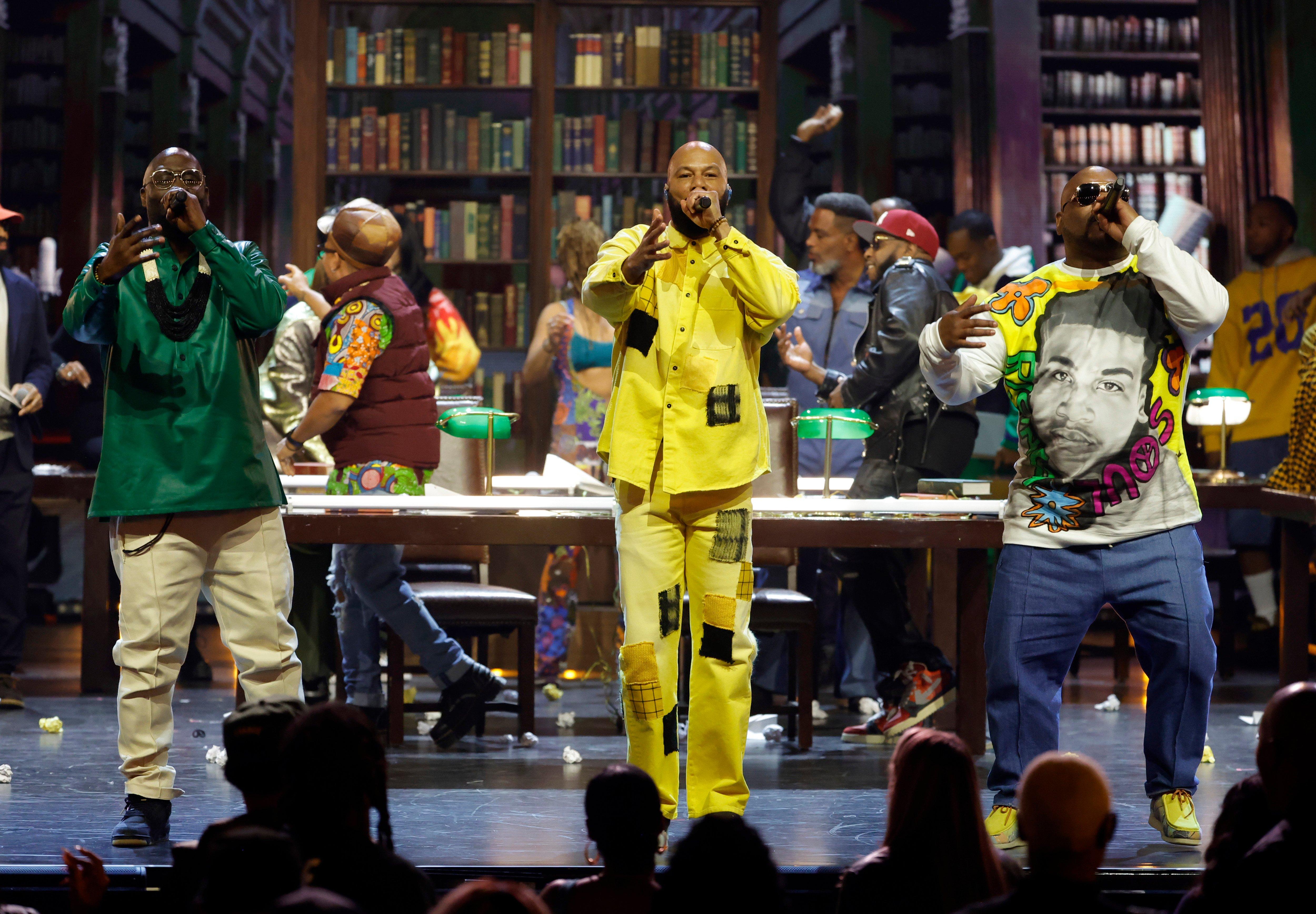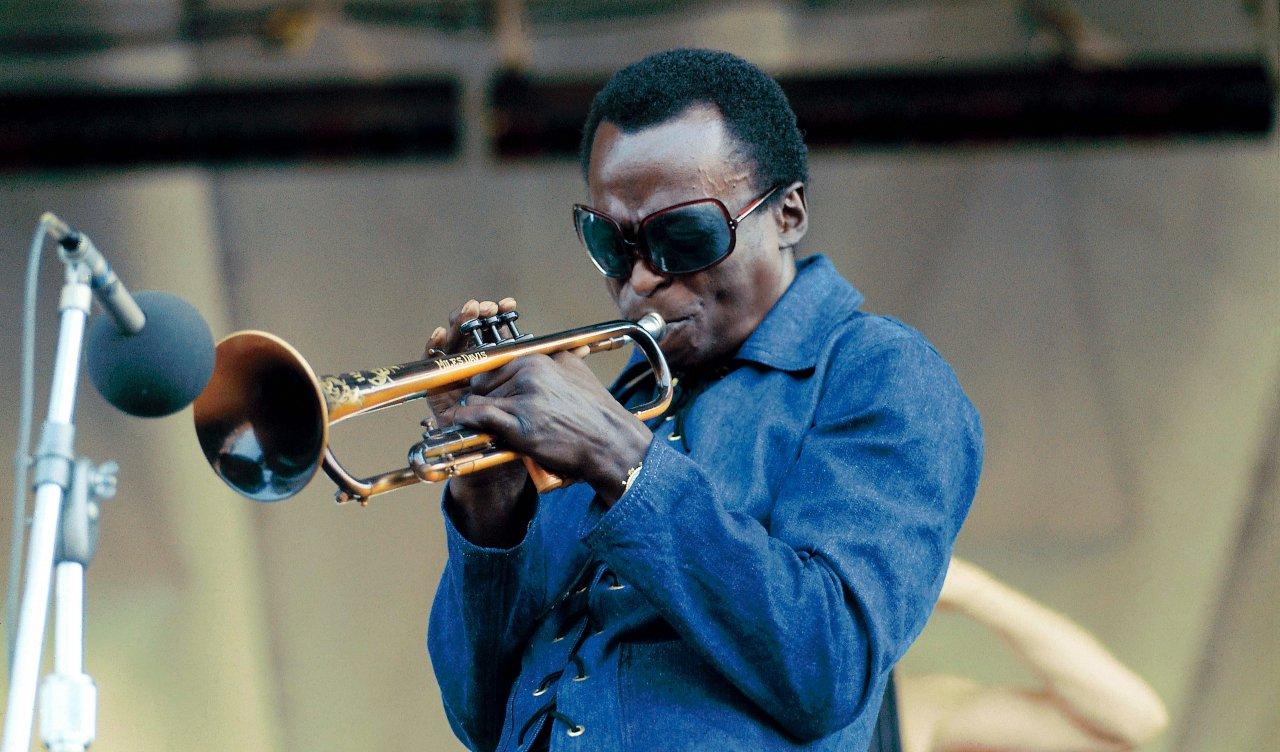When it comes to Memphis, it's arguably the music that keeps the Tennessee city in the hearts and minds of people all over the world. Whether it's Stax Records, B.B. King, Elvis Presley, W.C. Handy, the Hi Rhythm Section, Booker T. & The MG's, or the Memphis Horns, the city has earned its reputation as the birthplace of rock and roll.
Since April 2000, Memphis' rich musical legacy has been highlighted at the Memphis Rock 'n' Soul Museum, an institution that helps tell the story of the birth of rock and soul music. But what's been missing is a tribute to the city's wide-ranging role as a cauldron of creativity in the fields of blues, gospel, jazz, R&B, country, rockabilly, hip-hop, and more. That will change on Nov. 29 with the launch of the Memphis Music Hall of Fame and an induction ceremony for its first 25 honorees at the Cannon Center for the Performing Arts.
The event will pay tribute to the city's musical heritage through video, spoken word and live performances from several of the hall's inaugural inductees, including Bobby "Blue" Bland, Booker T. & The MG's, George Coleman, Jerry Lee Lewis, Three 6 Mafia, and ZZ Top, among others. Children of late inductees Otis Redding and Rufus Thomas will present musical tributes to their fathers' respective musical careers.
"This project has been long overdue," says John Doyle, executive director of the Memphis Rock 'n' Soul Museum, one of the organizations that helped make the dream of the Memphis Music Hall of Fame a reality. "People have been talking about a [Memphis Music] Hall of Fame for 30 years."
With the help of organizations such as the Rock 'n' Soul Museum, Smithsonian Institution, the Blues Foundation, the Center for Southern Folklore, and the Stax Museum of American Soul Music, the idea was born to create a hall of fame that would touch on all genres that were "born or nourished in Memphis."
The Recording Academy Memphis Chapter has also played a vital role, says the Chapter's Senior Executive Director Jon Hornyak.
"The Memphis Music Hall of Fame is an important new player in the Memphis music scene and we want to help it flourish," says Hornyak. "Starting in the '80s, it became a priority of our Chapter to honor the individuals who had made significant contributions to music, bringing together the diversity that put Memphis music on the map. We'll continue to support the hall by providing content to which we have access, or helping to make connections between like-minded organizations. We have a common mission: promoting the understanding, appreciation and advancement of the contribution of recorded music to American culture."
Once the project started to gain momentum, a nominating committee was created to draft the names to be included in the inaugural class. The committee included Recording Academy Trustees Award recipient Al Bell, former chairman of Stax Records and former president of Motown Records; author Peter Guralnick, who has written books about Sam Cooke, Robert Johnson and Elvis Presley; author/filmmaker/producer Nelson George; and Deanie Parker, who had a lengthy career at Stax Records as a recording artist, producer, songwriter, and executive. According to Parker, the nominations process was laborious.
"We had meetings ad nauseum," she jokingly recalls. "We didn't want to be accused of being biased and there were so many prospects. We wanted to keep it as fair as possible and all-inclusive. We stayed with it until everyone was satisfied with the list. I'm a die-hard supporter of Memphis talent … [and] I was gung-ho about recognizing the people that made Memphis a music mecca."
While additional inaugural inductees include Stax Records co-founders Estelle Axton (a Recording Academy Trustees Award recipient) and Jim Stewart, storied session player and producer Jim Dickinson, GRAMMY winners Al Green and Isaac Hayes, Sun Records founder and Academy Trustees Award recipient Sam Phillips, and Presley, the hall also has plans to honor individuals who helped nourish the musical community. Tributes are in the works for inductees Jimmie Lunceford, Memphis' first high school band director who organized the Chickasaw Syncopators, a student band that eventually performed at the legendary Cotton Club; Dewey Phillips, a DJ at Memphis' WHBQ-FM who was the first person to broadcast a Presley record on air; and Lucie Campbell, a gospel composer who also taught choral singing to future gospel stars such as Marian Anderson.
"Music in Memphis was an explosion, not a gradual progression," Doyle explains. "The depression pulled indigent farmers into the city and their music mixed with the field hollers and blues of the African-American community and the more organized sounds of black gospel music. Juke joints and bars flourished. The yellow fever epidemic of 1878 made a lot of whites flee the city, making it more racially diverse and sparked musical cooperation between blacks and whites. … Memphis was an early center for the Civil Rights Movement and fed into the unbridled rebelliousness of white teenagers."
The Memphis Music Hall of Fame will begin as an online project that will feature biographical information for all inductees.
"That will start to build some political, social and financial momentum and we'll see how it manifests in the city," Doyle explains. "We're exploring such possibilities and opportunities as art installations to help brand the city as a musical destination, mural projects to involve visual artists and tours throughout the city to important musical sites. Everybody knows Sun Records and Graceland, but that's only part of the story."
With an impressive roster of Memphis artists to celebrate, an eventual physical display of the Memphis Music Hall of Fame is certainly on the minds of organizers.
"We're not only thinking about the initial induction, but what this project will look like 20 years from now," says Doyle.
(J. Poet lives in San Francisco and writes about Native, folk, country, Americana, and world music for many national and international publications and websites.)




